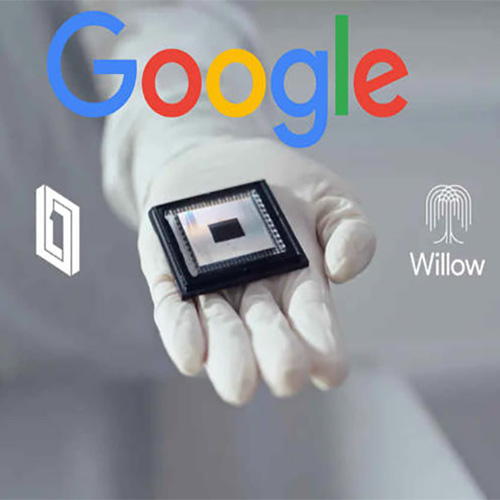Breaking News

IBM and Cisco have announced an ambitious joint effort to connect quantum computers over long distances, aiming to prove the viability of such a network by the end of 2030. The companies said the work represents an early step toward a quantum internet, though both stressed that key technologies required for the effort do not yet exist and will need to be developed in collaboration with academic institutions and U.S. federal research labs.
Quantum computers promise to solve complex problems in fields such as materials science, chemistry and cryptography far beyond the reach of classical machines. But the technology is still in its infancy, with today’s systems prone to errors and difficult to stabilize. IBM, which is targeting an operational quantum system by 2029, operates its machines inside large cryogenic enclosures cooled to temperatures near absolute zero to preserve the delicate quantum states of their qubits.
The core challenge of connecting such machines lies in turning quantum information stored in these stationary qubits into “flying” qubits that can travel between systems. Jay Gambetta, director of IBM Research, told Reuters that these flying qubits exist as microwave signals, but long-distance transmission over fiber networks requires converting those microwaves into optical signals. That conversion depends on technology that has yet to be perfected: a microwave-optical transducer. IBM and Cisco said developing this device will require contributions from specialized research organizations, including the Superconducting Quantum Materials and Systems Center led by Fermilab near Chicago.
Cisco entered the quantum networking race earlier this year when it opened a lab dedicated to exploring how future quantum systems might be linked. In the collaboration with IBM, the companies will also release open-source software to integrate the various hardware, networking and routing components required to build functioning quantum links.
Vijoy Pandey, senior vice president at Cisco’s Outshift innovation group, said the companies are treating the initiative as a unified system rather than separate technology tracks. “We are solving it jointly, which has a much better chance of this thing going in the same direction,” he said.
While a commercial quantum internet remains years away, IBM and Cisco’s initiative signals a growing industry push to establish the foundational technologies needed to one day interconnect quantum systems across cities, countries and eventually global networks.
Quantum computers promise to solve complex problems in fields such as materials science, chemistry and cryptography far beyond the reach of classical machines. But the technology is still in its infancy, with today’s systems prone to errors and difficult to stabilize. IBM, which is targeting an operational quantum system by 2029, operates its machines inside large cryogenic enclosures cooled to temperatures near absolute zero to preserve the delicate quantum states of their qubits.
The core challenge of connecting such machines lies in turning quantum information stored in these stationary qubits into “flying” qubits that can travel between systems. Jay Gambetta, director of IBM Research, told Reuters that these flying qubits exist as microwave signals, but long-distance transmission over fiber networks requires converting those microwaves into optical signals. That conversion depends on technology that has yet to be perfected: a microwave-optical transducer. IBM and Cisco said developing this device will require contributions from specialized research organizations, including the Superconducting Quantum Materials and Systems Center led by Fermilab near Chicago.
Cisco entered the quantum networking race earlier this year when it opened a lab dedicated to exploring how future quantum systems might be linked. In the collaboration with IBM, the companies will also release open-source software to integrate the various hardware, networking and routing components required to build functioning quantum links.
Vijoy Pandey, senior vice president at Cisco’s Outshift innovation group, said the companies are treating the initiative as a unified system rather than separate technology tracks. “We are solving it jointly, which has a much better chance of this thing going in the same direction,” he said.
While a commercial quantum internet remains years away, IBM and Cisco’s initiative signals a growing industry push to establish the foundational technologies needed to one day interconnect quantum systems across cities, countries and eventually global networks.
See What’s Next in Tech With the Fast Forward Newsletter
Tweets From @varindiamag
Nothing to see here - yet
When they Tweet, their Tweets will show up here.





























